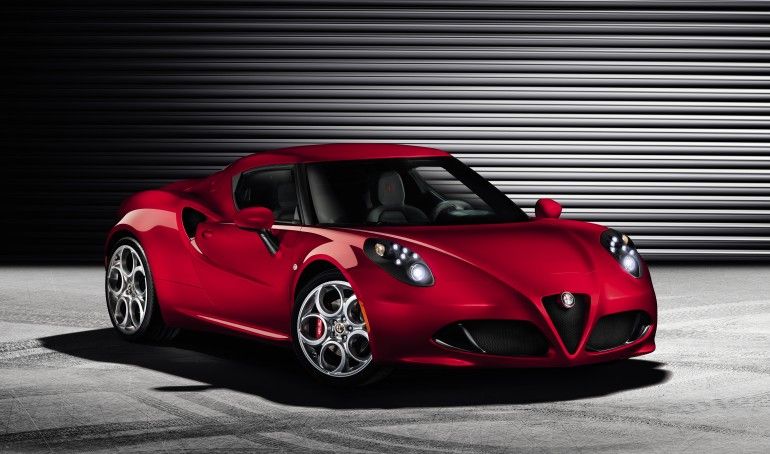
The Automotive Industry: A Brief Overview
The automotive industry is one of the largest and most important industries in the world. It is responsible for the production of cars, trucks, buses, and other motor vehicles. It is also responsible for the production of parts and components used in the production of these vehicles. The automotive industry is a major contributor to the global economy, employing millions of people and generating billions of dollars in revenue each year.
History of the Automotive Industry
The automotive industry has a long and storied history. The first automobile was invented in 1885 by Karl Benz, and the first mass-produced car was the Ford Model T, which was introduced in 1908. Since then, the automotive industry has grown exponentially, with new technologies and innovations being introduced every year.
Types of Automotive Vehicles
The automotive industry produces a wide variety of vehicles, including cars, trucks, buses, and motorcycles. Cars are the most popular type of vehicle, and they come in a variety of sizes, styles, and price ranges. Trucks are larger vehicles that are used for hauling and towing, while buses are used for public transportation. Motorcycles are smaller, two-wheeled vehicles that are popular for recreational use.
Automotive Parts and Components
The automotive industry also produces a wide variety of parts and components used in the production of vehicles. These parts and components include engines, transmissions, brakes, suspension systems, and electrical systems. Automotive parts and components are produced by a variety of companies, including automakers, suppliers, and aftermarket manufacturers.
Automotive Manufacturing Process
The automotive manufacturing process is a complex and intricate process that involves a variety of steps. The process begins with the design and engineering of the vehicle, followed by the production of the parts and components. The parts and components are then assembled into the finished vehicle, which is then tested and inspected before being shipped to dealerships.
Automotive Technology
The automotive industry is constantly evolving, with new technologies and innovations being introduced every year. Automakers are constantly looking for ways to improve the performance, safety, and efficiency of their vehicles. Some of the most popular technologies include hybrid and electric vehicles, autonomous driving systems, and advanced driver assistance systems.
Automotive Industry Trends
The automotive industry is constantly changing, and there are a number of trends that are shaping the industry. One of the most important trends is the shift towards electric and hybrid vehicles, as automakers look to reduce emissions and improve fuel efficiency. Another trend is the increasing popularity of autonomous driving systems, which are becoming more common in cars and trucks.
Automotive Industry Challenges
The automotive industry faces a number of challenges, including rising costs, increasing competition, and changing consumer preferences. Automakers must also contend with the increasing complexity of vehicle technology, as well as the need to comply with ever-changing regulations. In addition, the industry must also grapple with the environmental impact of vehicle production and use.
Conclusion
The automotive industry is one of the largest and most important industries in the world. It is responsible for the production of cars, trucks, buses, and other motor vehicles, as well as the production of parts and components used in the production of these vehicles. The automotive industry is constantly evolving, with new technologies and innovations being introduced every year. The industry faces a number of challenges, including rising costs, increasing competition, and changing consumer preferences.
